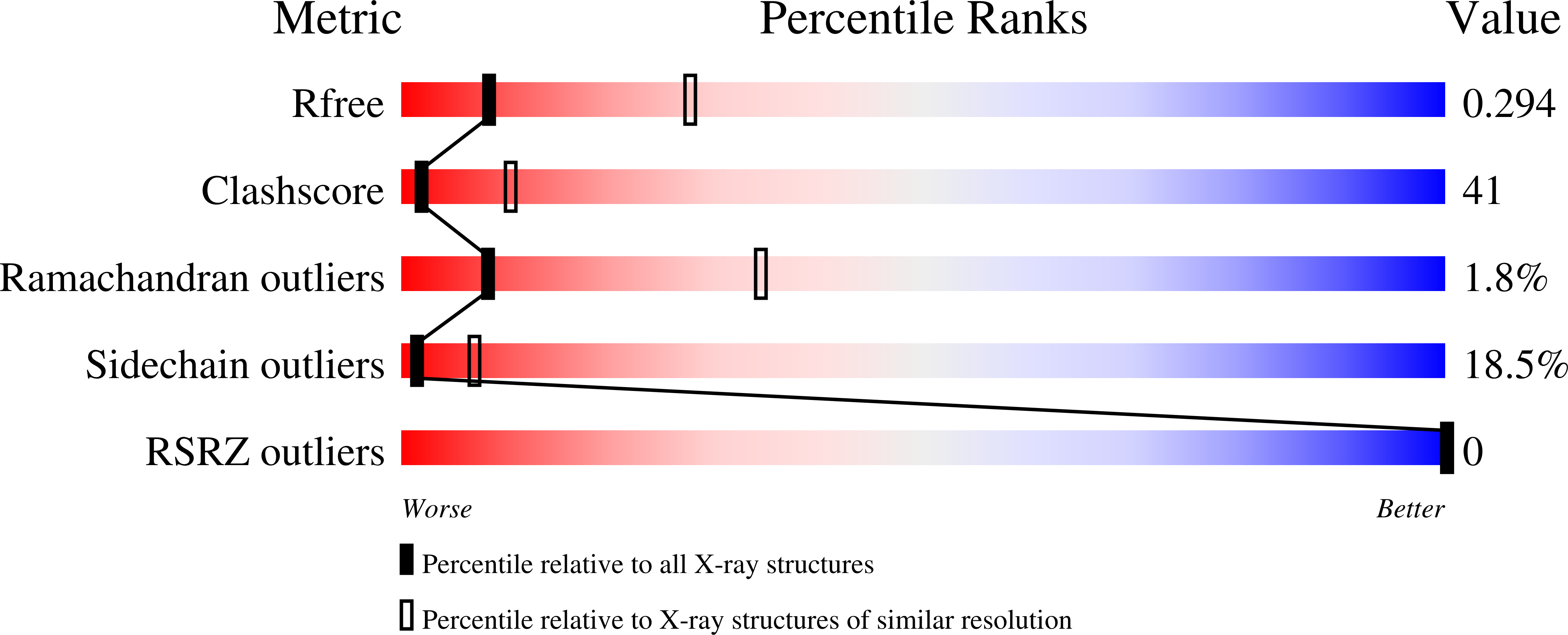Unusual charge stabilization of NADP+ in 17beta-hydroxysteroid dehydrogenase.
Mazza, C., Breton, R., Housset, D., Fontecilla-Camps, J.C.(1998) J Biol Chem 273: 8145-8152
- PubMed: 9525918
- DOI: https://doi.org/10.1074/jbc.273.14.8145
- Primary Citation of Related Structures:
1FDU, 1FDV, 1FDW - PubMed Abstract:
Type 1 17beta-hydroxysteroid dehydrogenase (17beta-HSD1), a member of the short chain dehydrogenase reductase (SDR) family, is responsible for the synthesis of 17beta-estradiol, the biologically active estrogen involved in the genesis and development of human breast cancers. Here, we report the crystal structures of the H221L 17beta-HSD1 mutant complexed to NADP+ and estradiol and the H221L mutant/NAD+ and a H221Q mutant/estradiol complexes. These structures provide a complete picture of the NADP+-enzyme interactions involving the flexible 191-199 loop (well ordered in the H221L mutant) and suggest that the hydrophobic residues Phe192-Met193 could facilitate hydride transfer. 17beta-HSD1 appears to be unique among the members of the SDR protein family in that one of the two basic residues involved in the charge compensation of the 2'-phosphate does not belong to the Rossmann-fold motif. The remarkable stabilization of the NADP+ 2'-phosphate by the enzyme also clearly establishes its preference for this cofactor relative to NAD+. Analysis of the catalytic properties of, and estradiol binding to, the two mutants suggests that the His221-steroid O3 hydrogen bond plays an important role in substrate specificity.
Organizational Affiliation:
Laboratoire de Cristallographie et Cristallogenèse des Protéines, Institut de Biologie Structurale J.-P. Ebel, CEA-CNRS, 41, avenue des Martyrs, F-38027 Grenoble cedex, France.
















